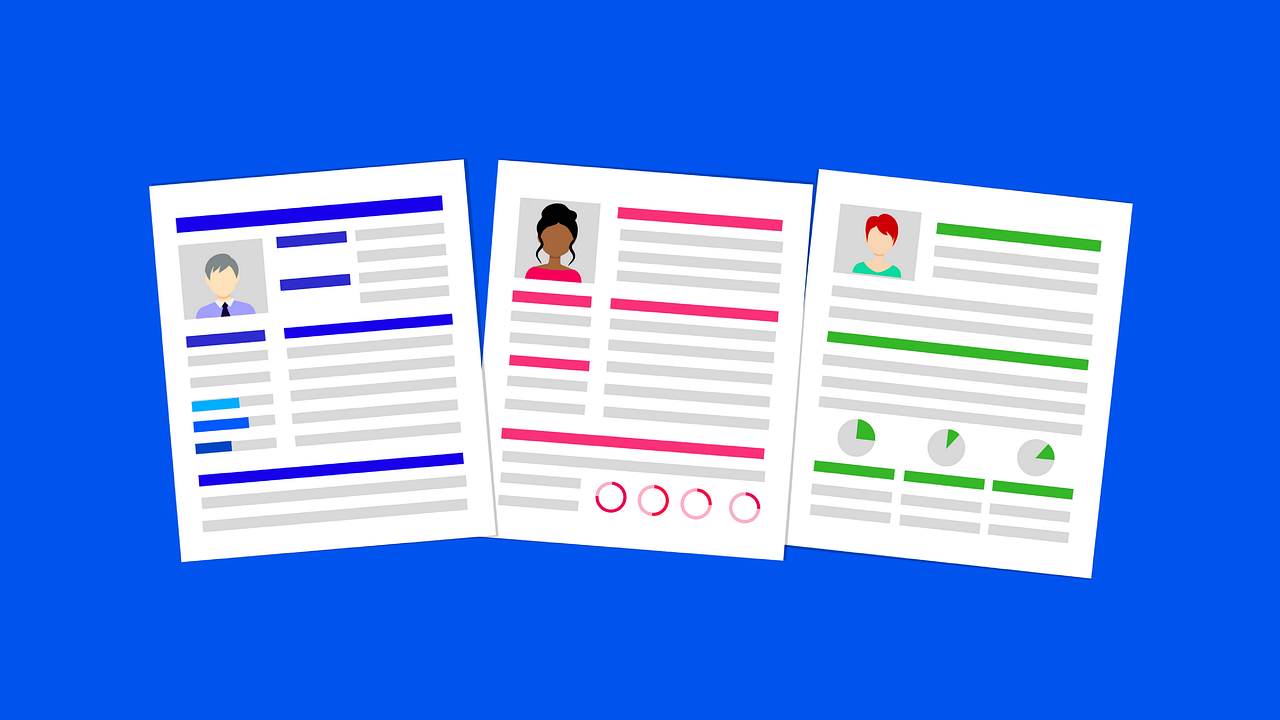When you are applying for a job, you have one chance to make a good first impression. In most cases, that chance comes in the form of a resume.
It is important, therefore, that your resume accurately reflects who you are and what you are able to do. It should also reflect a high degree of professionalism. This is true whether you work in a so-called “blue-collar” or “white-collar” industry.
Professional resume makers can be an excellent tool for getting the organization and formatting of your resume just right. Try one out today! We’ve also compiled the following checklist to help you create a professional-looking resume.
1. Use an Easy to Read Format
You may not realize it, but you expect the world around you to fit into categories. For example, when you look at a news source, you might anticipate categories such as business, technology, science, health, entertainment, and sports. This allows you to find the topics you are interested in quickly and easily.
Your hiring manager will view your resume in much the same way. The contact information, work experience, education, and skills sections should be clearly marked and easy to find. If it takes more than a few seconds for your employer to find the information they’re looking for, they may discard your resume.
Additionally, you should follow a reverse-chronological order in most cases. This means that your work experience and education should be listed with the most recent experience first. Then, your following segments should work backward in time. Again, this is what employers expect, so it will add to the professionalism of your document.
Another way to make your resume easy to read is to focus on the formatting. Choose simple serif or sans-serif fonts such as Times New Roman, Calibri, or Arial. Use a font size between 10 and 12 points. Bold your headings. Be consistent with fonts, sizes, colors, and other formatting options throughout. As mentioned at the outset, an online resume maker can automatically handle the formatting for you.
2. Edit for Professionalism
Proofreading your resume is extremely important. Misspelled words, grammatical errors, and other typos can instantly hurt your credibility and professionalism. In addition to rereading the document yourself, use a program like Grammarly to check for errors you may have missed.
You should also check your resume for inclusions that could make you appear unprofessional, such as the following.
- Nonprofessional email addresses. For many of us, our first email address was something cute or personal. This, however, is not the type of email address you should use on your resume. If you haven’t already, create an email address that is some variation of [email protected]. The simpler, the better.
- Personal social media accounts. You should never include your personal Facebook, Instagram, or other social media accounts on your resume. You can include a link to your LinkedIn profile or a social account that is used only for work (for example, an Instagram account featuring only your professional stock or event photography, handicrafts, graphic design, etc.) While you’re at it, check your personal social media for anything you wouldn’t like your future employer to see. Even though it’s not on your resume, they’ll probably Google you.
- Irrelevant, controversial, or inappropriate hobbies and interests. If it doesn’t relate directly to the job you’re seeking, don’t include it.
- Photos. In the United States, a resume with a photo attached may be discarded due to anti-discrimination laws. The only exceptions are the acting and modeling industries.
3. Save It as a PDF
You may create your resume using programs like Microsoft Word, Google Docs, or Adobe Photoshop. These programs may save automatically in .doc or .psd formats. However, you should export your resume file to a PDF format. Why?
Some file types, such as .psd or .rtf, require special programs to open them, and your employer might not have access to those programs. If your resume file doesn’t open easily, it will be discarded.
Other file types such as .doc may lose their formatting when opened on different devices or using different programs. Your well-constructed resume could then appear disorganized and unprofessional. Again, it will likely be discarded.
The solution to both these problems is saving your document as a PDF file. Because PDF files are so common, everyone will be able to view them. They also retain their formatting no matter the circumstances.
4. Print It on Nice Paper
For some jobs, handing in a paper resume may be a thing of the past. But if you are mailing in your resume or delivering it in person, be sure to print it on nice paper.
You should use a white or ivory resume paper or similar business paper. These papers are heavier than standard printer paper and often have a light texture.

